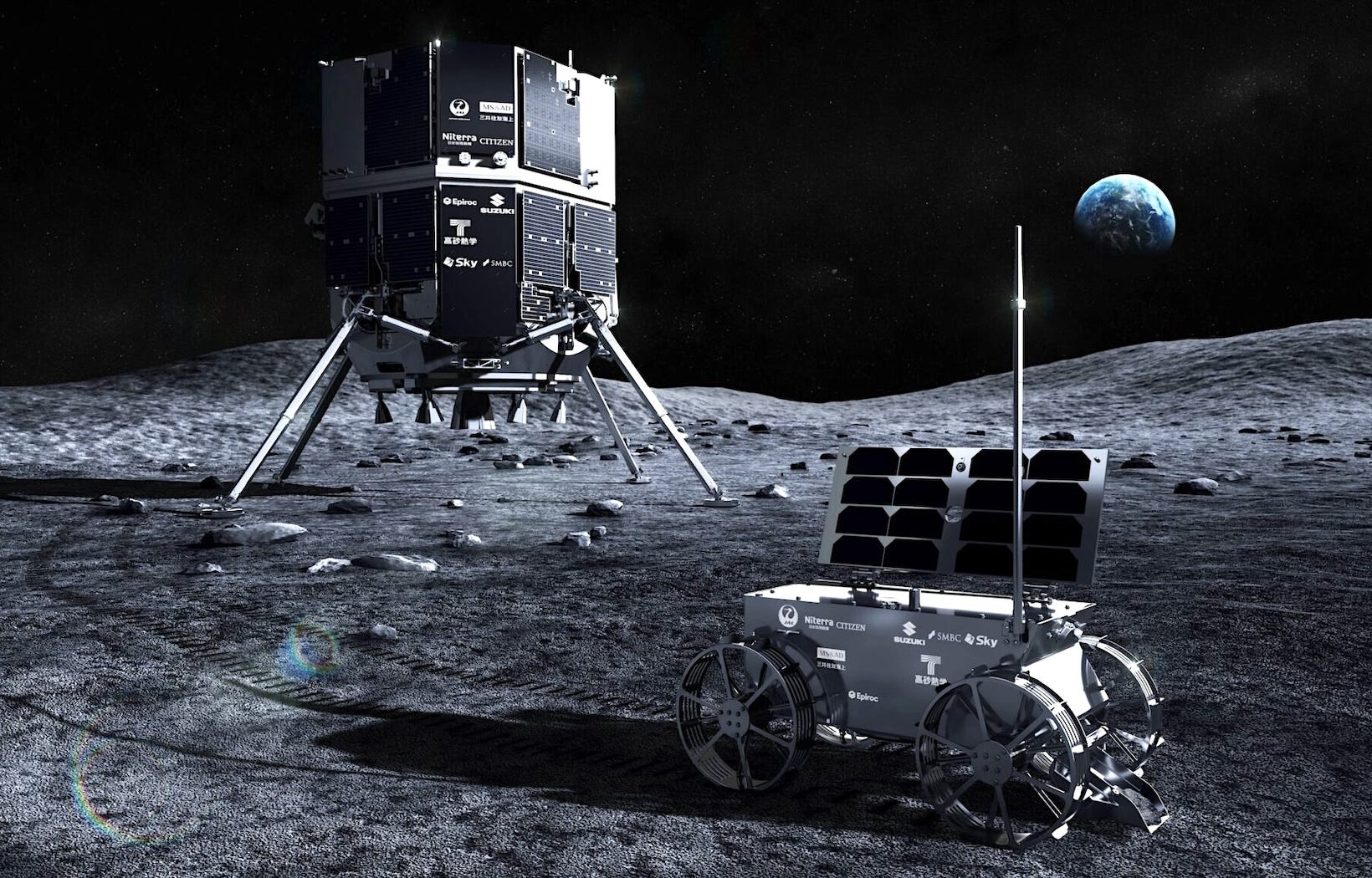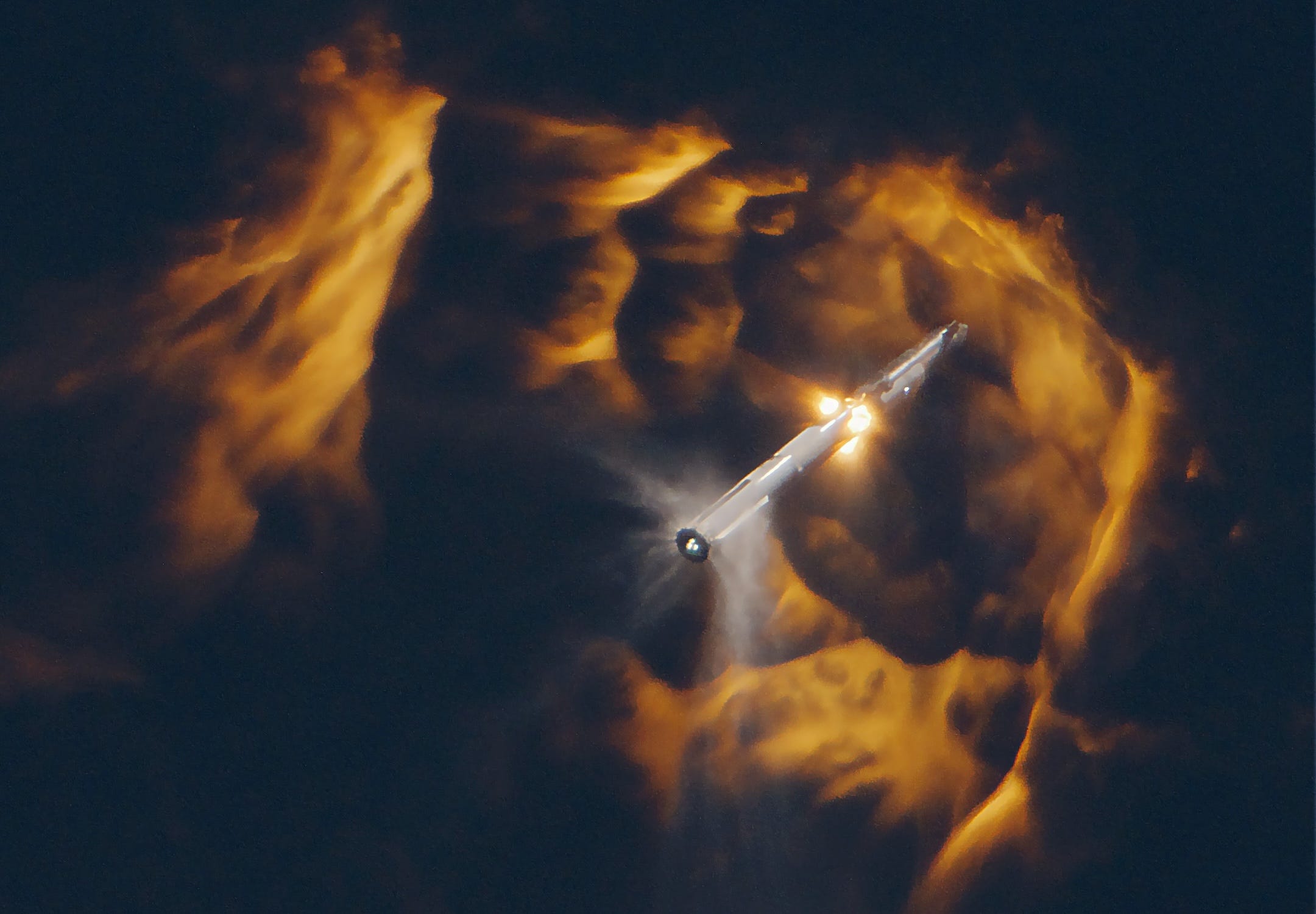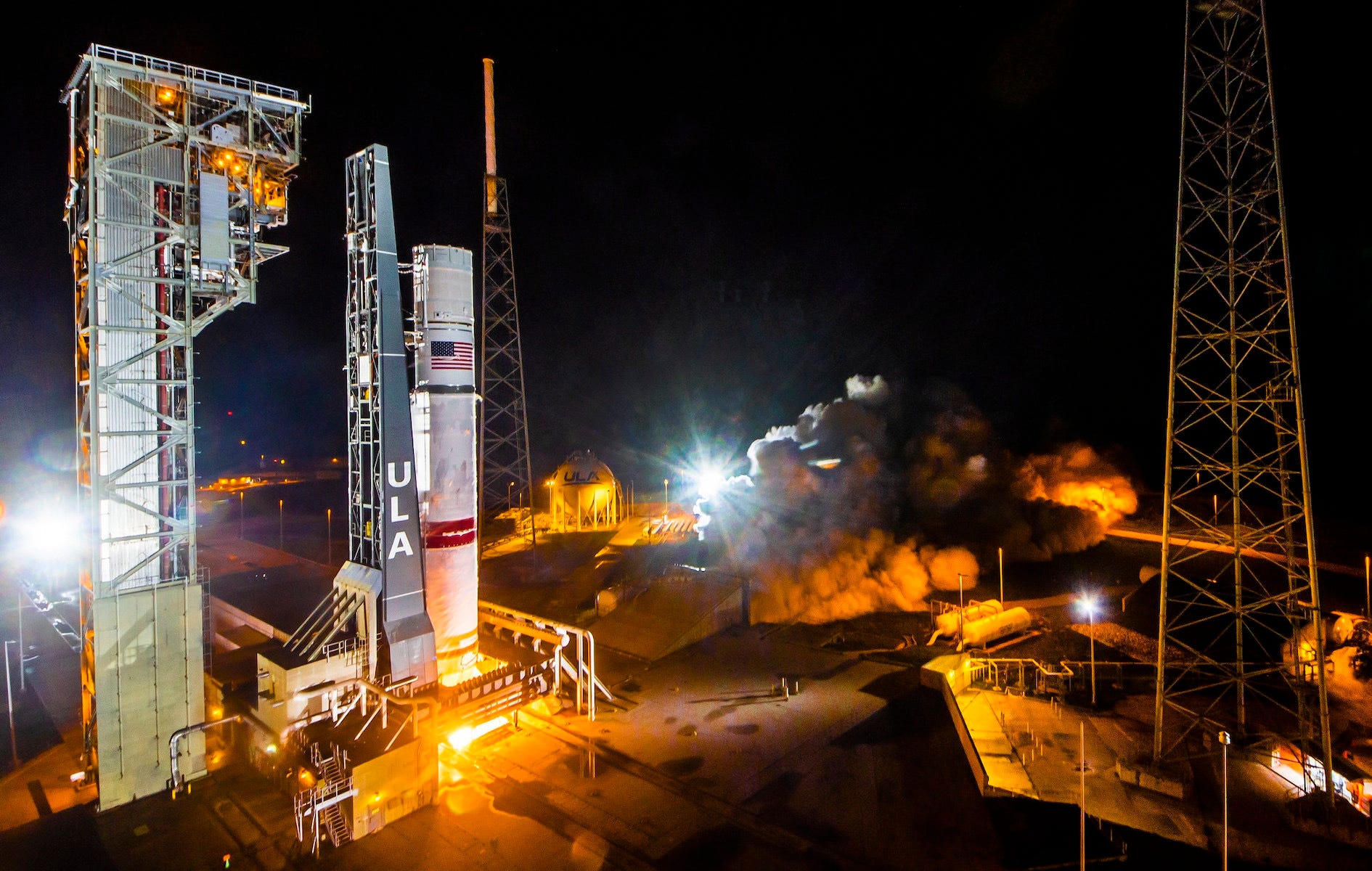Moon Monday #154: ispace Japan progresses toward another lunar landing with RESILIENCE, as must Starship in NASA’s road to Luna
Meet RESILIENCE, ispace Japan’s second Moon mission

Following ispace Japan’s failed touchdown attempt on the Moon with the M1 mission in April, the company has improved the hardware and software design of the Hakuto-R lander for the M2 mission in late 2024, called “RESILIENCE” to reflect the spirited reattempt. ispace engineers have been assembling the M2 flight model at JAXA’s facility in Tsukuba, Japan instead of at Ariane Group’s facility in Germany as with M1. ispace will also conduct additional field testing of landing sensors to further improve the chances of a successful touchdown.
The M2 lander will carry three payloads: a water-splitting experiment by Takasago, an algae-based food production module by Euglena, and a deep space radiation monitoring probe by Taiwan’s National Central University. While Israel-based Helios intended to have its (claimed) scalable technology of extracting oxygen from lunar soil to be onboard M2, the payload doesn’t seem to be ready for flight yet.
M2 will deploy ispace’s indigenously built 5-kilogram micro-rover to explore the Moon’s surface with an HD camera. It will also collect lunar soil and transfer its ownership to NASA as part of the latter’s move to set precedence for future resource use under the US-led Artemis Accords. The micro-rover is being developed by ispace Europe, with funding aid from the Luxembourg Space Agency under an ESA contract. ispace Europe has partnered with Sweden-based mining infrastructure company Epiroc AB to develop the shovel for the soil collection.
NASA’s road to Luna still goes through Starship

SpaceX’s second launch of its fully reusable Starship Super Heavy rocket on November 18 cleared the launchpad without damaging it, survived maximum aerodynamic pressure, successfully performed hot staging to separate the booster from the Starship upper stage, and had the upper stage reach space. But the booster blew itself up shortly after stage separation, and the upper stage exploded too later on before it could complete firing its engines for the intended duration. As such, Starship couldn’t meet the mission objective of flying most of the way around the world before re-entering and splashing down in the Pacific Ocean.
Since NASA has selected Starship’s lunar variant to land humans on our Moon again for the historic Artemis III mission, this not-wholly-successful Starship flight will likely delay Lunar Starship’s targeted mid-decade launch. After all, Starship is a pacing item for Artemis III, and also the mission element where the number of launches needed is something SpaceX and NASA are still figuring out.
Starship’s November 18 trajectory was nevertheless fruitful in advancing the vehicle towards spaceflight. The larger perspective to consider here is the huge deal that is Artemis IV. As a critical element of the mission, NASA has chosen an upgraded Lunar Starship to land astronauts on the Moon. If successful, in just one mission after Artemis III’s crewed landing demonstration, NASA will have upgraded its entire lunar transportation stack—from improving payload capacity to lunar orbit by 10,000 kilograms with the SLS rocket’s Block 1B variant to sending the first astronauts to the orbital Gateway station to having an upgraded crewed (Starship) lander enabling an extended surface mission of up to 33 days instead of Artemis III’s 6.5-day stay.
Artemis IV’s architecture is the template NASA will keep using for future missions leading to an Artemis Moonbase. It’s thus far more important to get all Artemis IV elements right, including Starship, than to worry about it not launching in 2028. We have waited decades for a return to our Moon, and just as long for a fully reusable space launch system. We can wait a few years more.
Related: A worrisome report on safety issues at SpaceX
Many thanks to Epsilon3, Kris Zacny and Louis-Jérôme Burtz for sponsoring this week’s Moon Monday!
More mission updates

- ULA Chief Tory Bruno said on November 15 that all elements of the company’s new Vulcan rocket have arrived on site, Eric Berger reports. This includes the Centaur V upper stage, which was sent back to its factory in July to get its paper-thin liquid hydrogen steel tank reinforced following the March 29 blowing up of a test Centaur V. After completing the launch vehicle integration later this month and a wet dress rehearsal by mid-December, ULA will target launch on December 24 at 6:49 AM UTC, carrying Astrobotic’s first lunar lander to Earth orbit. There are backup launch windows on December 25 and 26, and in the first half of January. Astrobotic’s lander will attempt to touchdown in a lunar lava plain called Sinus Viscositatis just outside the Gruithuisen volcanic domes, carrying more than 12 payloads from 8 countries including a bevy of micro-rovers from 3 countries. As part of the CLPS program, it was also supposed to carry 11 NASA-funded instruments but will now only fly five.
- In a talk at the Indian Institute of Tropical Meteorology on November 17, Director of ISRO’s Space Applications Center Nilesh Desai said that the upcoming LUPEX rover mission in collaboration with Japan will be executed in no less than five years—as was to be realistically expected. The nominal six-month mission comprises an ISRO-developed ~6000-kilogram lander which will deliver a JAXA-built ~350-kilogram rover to directly study the nature, abundance, and accessibility of water ice at the Moon’s south pole (between 89–90°S). Desai also mentioned Chandrayaan 4 as being ISRO’s first sample return mission, which per its current ideation stage will involve two rocket launches from Earth.
- The NASA-funded and Advanced Space-led CAPSTONE CubeSat has completed a year in its intended unique, fuel-efficient Near-Rectilinear Halo Orbit. As a literal pathfinding mission for the NASA-led international Gateway orbital habitat launching mid-decade, CAPSTONE has been helping the agency refine mathematical models of said orbit based on the exact propellant and power it needed to maintain desired operations. The mission team has been publishing papers to that end. The CAPSTONE team deserves the fruits of this success, for they practically fully recovered a failing spacecraft and also managed to have it enter the intended lunar orbit despite a faulty valve in one of its eight thrusters.
More Moon
- Jeff Foust reports that Intuitive Machines recently signed a $16.8 million contract with an “international space agency” to provide lunar rover services on a future mission. The company did not provide any other details.
- NASA proactively helped enthusiasts worldwide track the Artemis I Moon mission, and the agency learnt from it too! Other space agencies trying to discourage amateur tracking efforts should take note.
- Over 200 million Indian school students to learn about Chandrayaan 3, mixed with mythology
- Sponsored job listing: The Takshashila Institution is hiring a Research Analyst to work alongside various stakeholders and policymakers on both domestic and international aspects of India’s ongoing efforts to enhance its cooperation with other countries on lunar exploration and human spaceflight.
